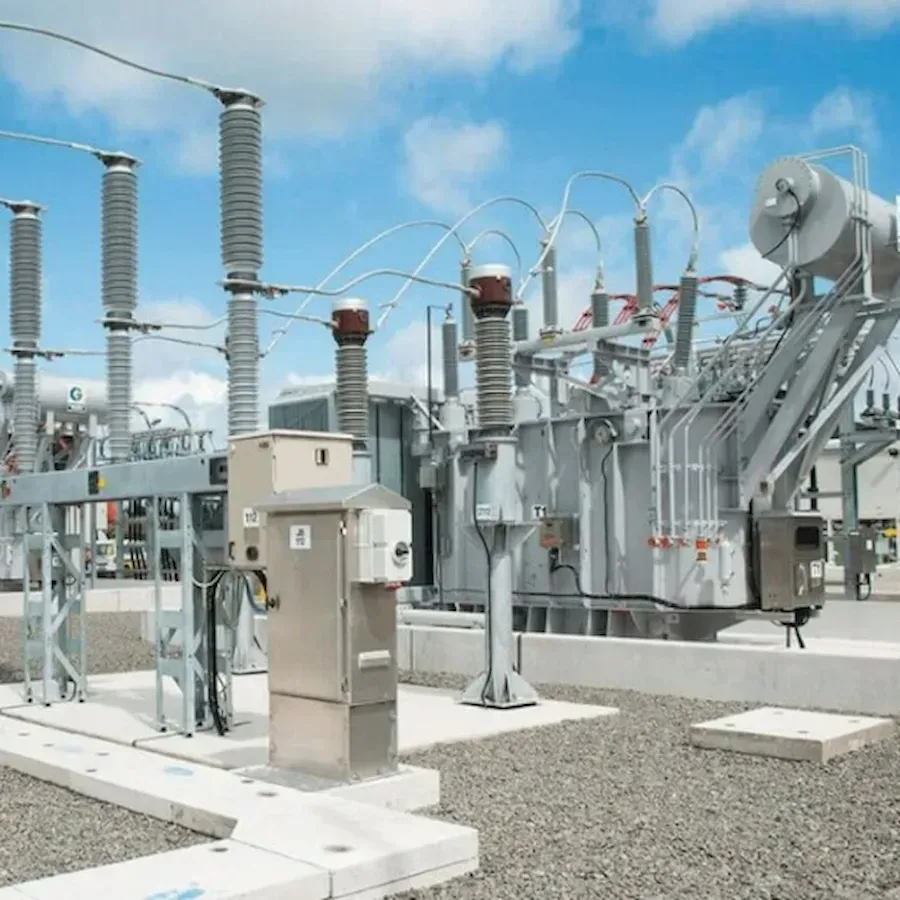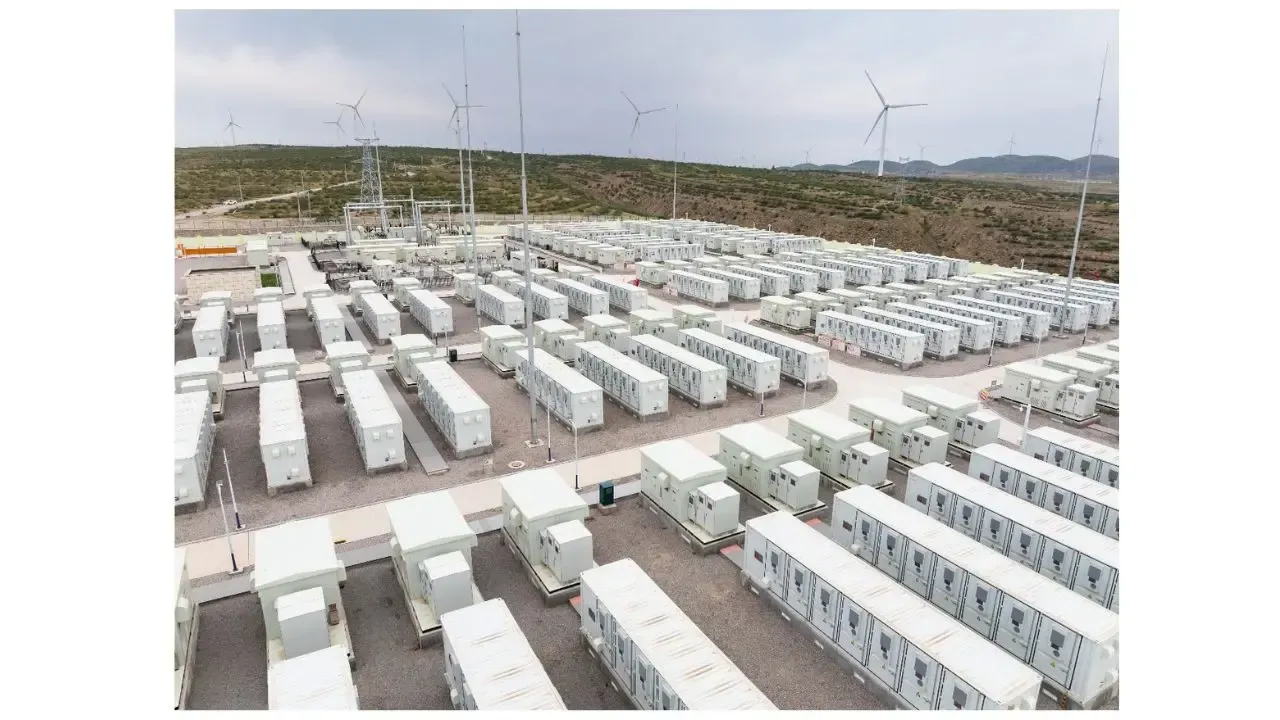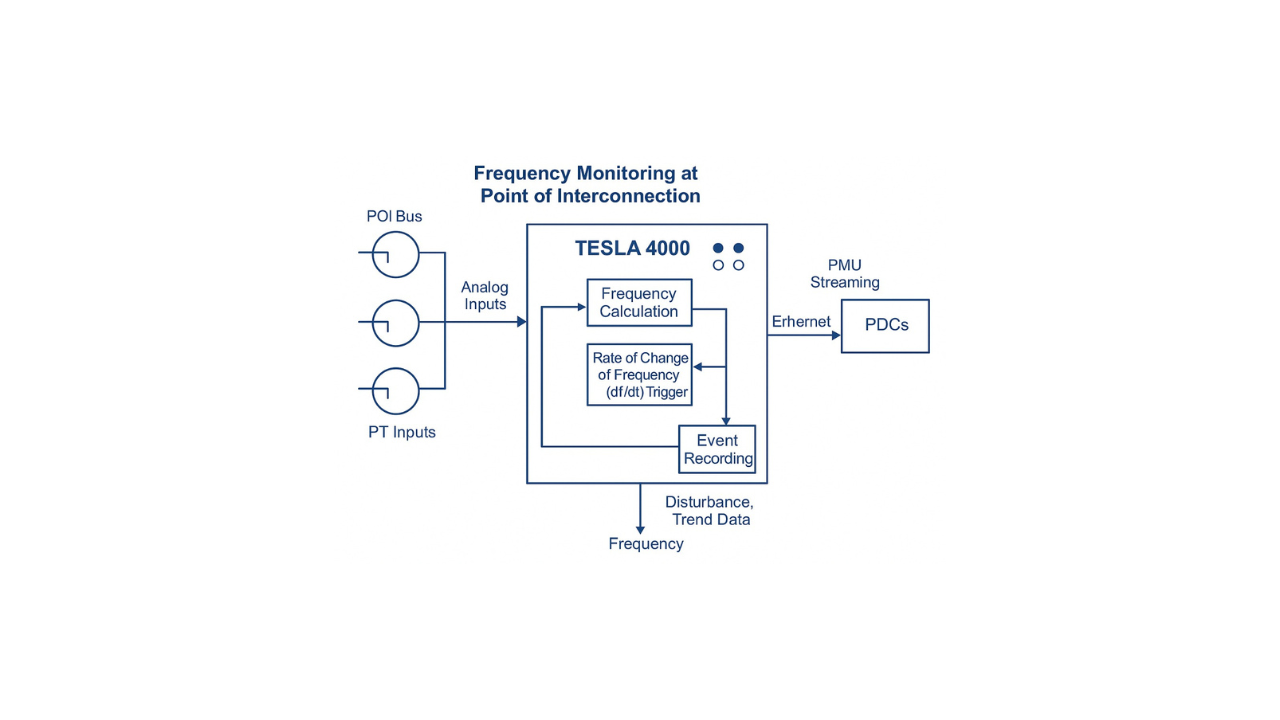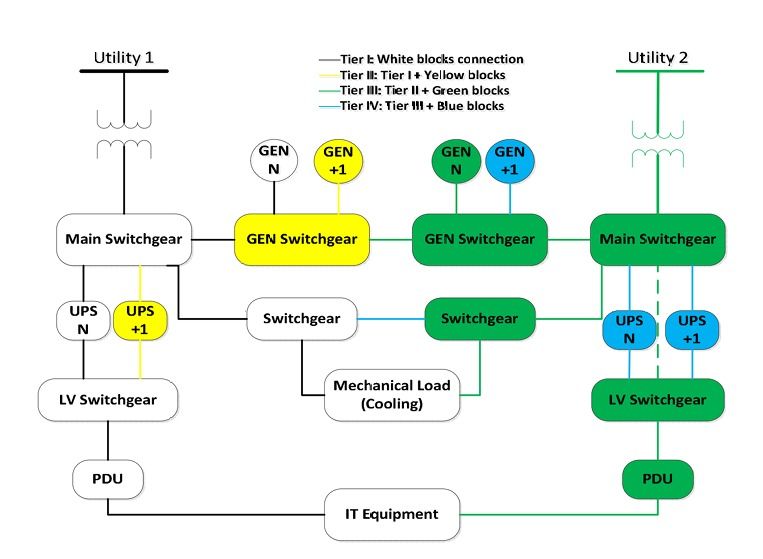A Coordinated Electric System Interconnection Review—the utility’s deep-dive on technical and cost impacts of your project.
Navigating TPL-008-1: A Strategic Transmission Planning Guide for Extreme Temperatures
May 14, 2025 | Blog
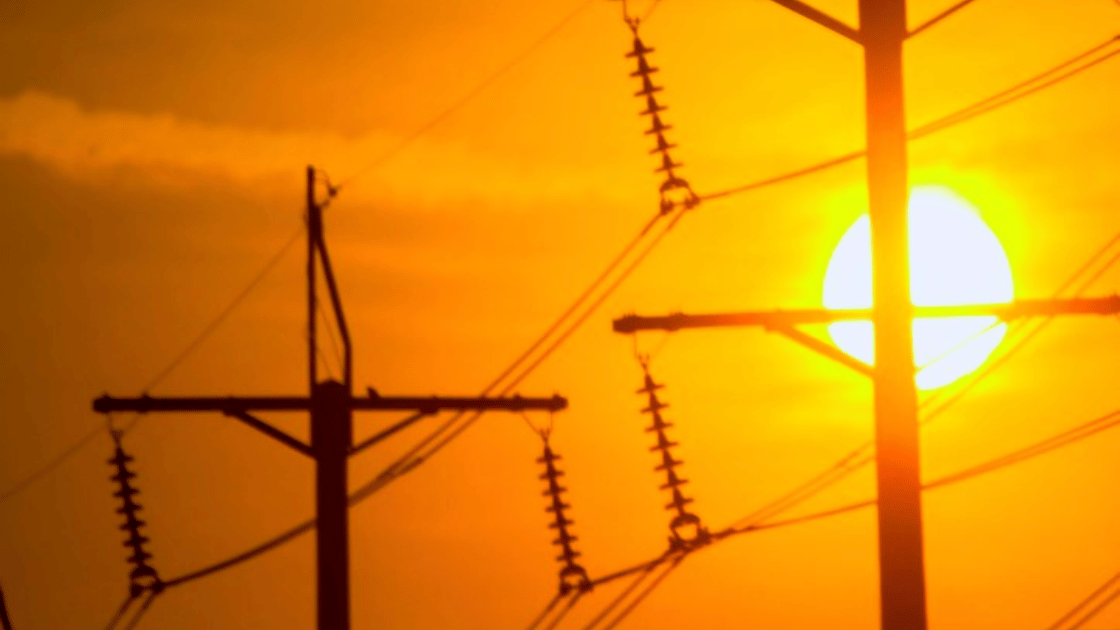
Introduction: Why TPL-008-1 Matters
As extreme weather events become more frequent and intense, the need for robust transmission planning grows. In response to FERC Order No. 896, the North American Electric Reliability Corporation (NERC) has developed a new transmission planning standard: TPL-008-1. This standard provides a structured framework for evaluating and mitigating risks from extreme heat and cold events on the Bulk Electric System (BES). Keentel Engineering explores the rationale behind TPL-008-1 compliance and how utilities can align with its requirements.
Understanding TPL-008-1: Scope and Purpose
TPL-008-1 focuses specifically on extreme temperature transmission planning, filling a critical gap left by TPL-001-5.1. While the previous standard addressed general planning, it lacked clarity on benchmark planning cases, transient stability analysis, and corrective action plans (CAPs) specific to extreme weather events.
This new standard mandates the development of Extreme Temperature Assessments (ETAs) across the grid to improve grid reliability, system resilience, and regional coordination.
Key TPL-008-1 Requirements and What They Mean
🔹 R1: Role Definition and Coordination
Planning Coordinators (PCs) and Transmission Planners (TPs) must define roles, methods, and criteria for performing Extreme Temperature Assessments.
🔹 R2: Benchmark Event Selection
Entities must use credible weather data to select at least one extreme heat and one extreme cold case—supporting both regional customization and nationwide consistency.
🔹 R3: Wide-Area Coordination
TPL-008-1 emphasizes interconnection-wide collaboration, requiring PCs to coordinate benchmark model development with adjacent entities.
🔹 R4: Data Consistency via MOD-032
All modeling must incorporate temperature-dependent adjustments in load, generation, and transfers, per MOD-032 standards.
🔹 R5–R6: Define Performance Criteria
Utilities must establish criteria for voltage limits, thermal thresholds, and signs of instability, separation, or cascading failures during TPL-008-1 transmission studies.
🔹 R7: Contingency Events
Only key planning events (P0, P1, P2, P4, P7) are required—simplifying the study scope by excluding P3, P5, and P6.
🔹 R8: Assessment Frequency & Case Types
Entities must complete TPL-008-1 assessments every five years, including:
- 2 benchmark planning cases (heat & cold)
- 2 sensitivity cases varying generation, load, or transfers
- Each study must include steady-state and transient stability analysis
🔹 R9–R10: Corrective Action Plans (CAPs)
CAPs are mandatory for P0 and P1 if performance is non-compliant. For P2, P4, and P7, evaluation and documentation are sufficient.
🔹 R11: Transparency and Results Sharing
Results must be shared with reliability stakeholders to support transparency and cross-entity coordination.
Strategic Implications for Utilities
TPL-008-1 introduces a data-driven, regionally flexible approach to extreme temperature transmission planning. With its emphasis on benchmark and sensitivity studies, utilities gain tools to proactively mitigate heatwave or cold snap impacts.
Keentel Engineering recommends incorporating corrective action plan TPL-008 workflows directly into long-term system assessments to align with NERC reliability standards.
Why Keentel Engineering?
Keentel Engineering provides utilities with end-to-end support for TPL-008-1 compliance, including:
- Benchmark model development
- CAP formulation
- Grid simulation
- NERC data validation
Our proven engineering workflows ensure your utility meets both technical and regulatory planning obligations under TPL-008-1.
Frequently Asked Questions
1. What is TPL-008-1?
A new NERC standard focusing on transmission planning for extreme temperature events (heat and cold).
2. Why was TPL-008-1 developed?
Scenarios based on real or projected extreme weather events, used to evaluate system performance.
4. How often must the Extreme Temperature Assessment be completed?
Once every five calendar years, at a minimum.
5. What are the minimum study case requirements?
Two benchmark cases (heat and cold) and two sensitivity cases with variations in load, generation, or transfer.
6. What types of analyses are required?
Both steady-state and transient (stability) analyses.
7. Are Corrective Action Plans (CAPs) mandatory?
Yes, but only for P0 and P1 Contingencies if standards are not met.
8. What Contingency types are excluded?
P3, P5, and P6 due to their complexity and reduced likelihood.
9. Can load shedding be used as a CAP?
Only for P1 Contingencies, and it must be justified with documented alternatives.
10. What is a sensitivity case?
A variation of the benchmark planning case to assess impacts of changes in load, generation, or transfers.
11. Who selects the benchmark events?
NERC maintains a library, but responsible entities propose and apply regionally suitable events.
12. What is the role of MOD-032?
It ensures consistency in modeling data used in the benchmark cases.
13. How is coordination ensured across entities?
R3 requires processes for coordination within the same Interconnection.
14. What’s the rationale for excluding P5 events?
Due to the intensive protection/control analysis required and low added value.
15. Is sharing study results mandatory?
Yes, entities must share with stakeholders who have reliability-related needs.
16. What happens if generation is inadequate in a case?
Entities may revise the model with projections or load curtailment assumptions.
17. How does TPL-008-1 handle wide-area impacts?
By ensuring coordination and evaluation beyond individual planning zones.
18. What if responsible entities want to do more frequent assessments?
They are permitted, but the standard mandates a five-year minimum.
19. Are TPL-008-1 requirements enforceable?
Yes, unlike this technical rationale document, the actual standard is mandatory.
20. How can Keentel Engineering assist with compliance?
Through tailored modeling, simulation, and documentation services for TPL-008-1 implementation.
Ensure grid reliability under extreme weather conditions.
Keentel Engineering helps utilities meet TPL-008-1 compliance through benchmark modeling, stability analysis, and CAP development.
Contact us to safeguard your BES against temperature extremes.

About the Author:
Sonny Patel P.E. EC
IEEE Senior Member
In 1995, Sandip (Sonny) R. Patel earned his Electrical Engineering degree from the University of Illinois, specializing in Electrical Engineering . But degrees don’t build legacies—action does. For three decades, he’s been shaping the future of engineering, not just as a licensed Professional Engineer across multiple states (Florida, California, New York, West Virginia, and Minnesota), but as a doer. A builder. A leader. Not just an engineer. A Licensed Electrical Contractor in Florida with an Unlimited EC license. Not just an executive. The founder and CEO of KEENTEL LLC—where expertise meets execution. Three decades. Multiple states. Endless impact.
Services

Let's Discuss Your Project
Let's book a call to discuss your electrical engineering project that we can help you with.

About the Author:
Sonny Patel P.E. EC
IEEE Senior Member
In 1995, Sandip (Sonny) R. Patel earned his Electrical Engineering degree from the University of Illinois, specializing in Electrical Engineering . But degrees don’t build legacies—action does. For three decades, he’s been shaping the future of engineering, not just as a licensed Professional Engineer across multiple states (Florida, California, New York, West Virginia, and Minnesota), but as a doer. A builder. A leader. Not just an engineer. A Licensed Electrical Contractor in Florida with an Unlimited EC license. Not just an executive. The founder and CEO of KEENTEL LLC—where expertise meets execution. Three decades. Multiple states. Endless impact.
Leave a Comment
We will get back to you as soon as possible.
Please try again later.
Related Posts


